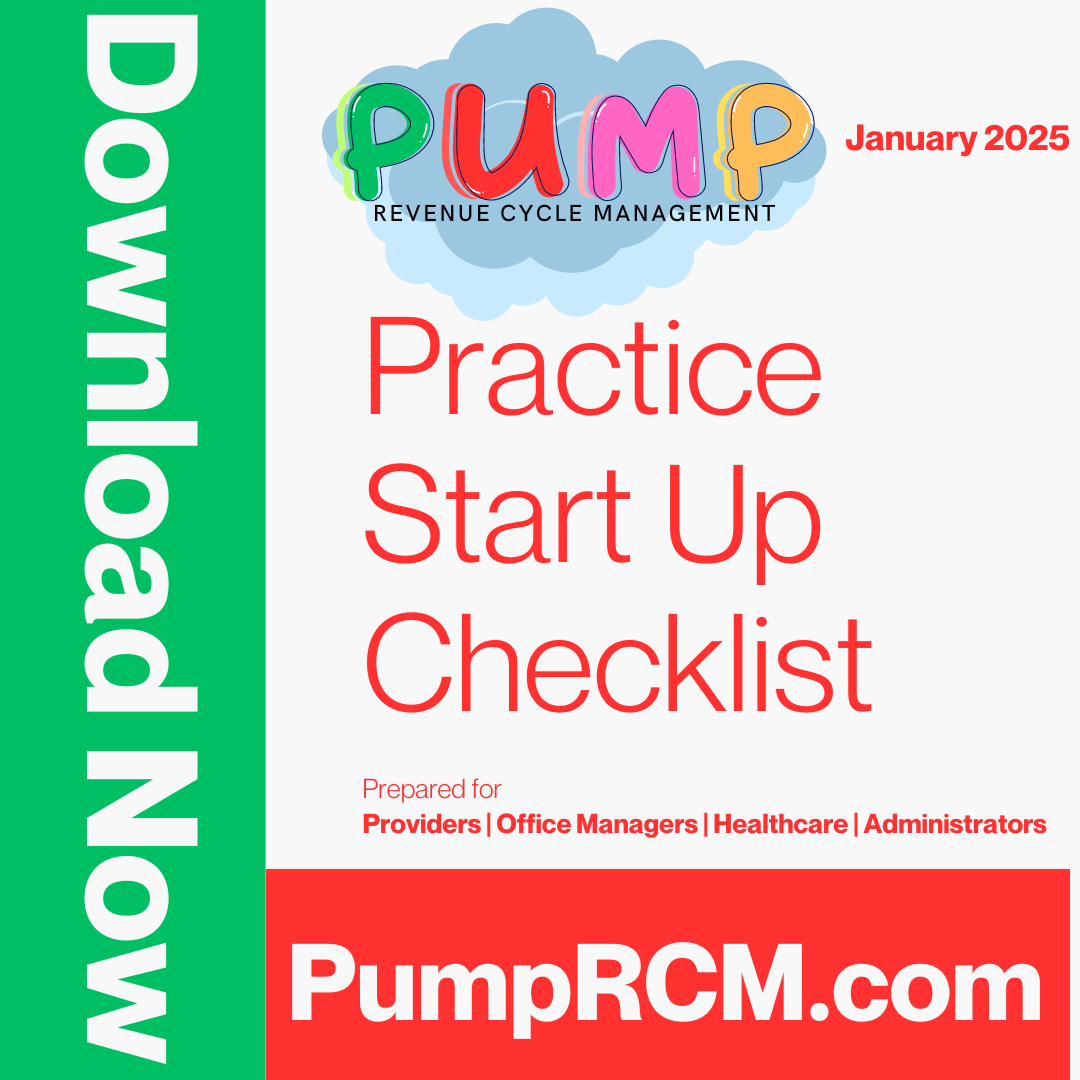A Comprehensive Overview on How Medical Care RCM Works to Improve Billing and Collections
Browsing the complexities of health care earnings cycle monitoring (RCM) is essential for service providers aiming to improve their payment and collections processes. The guide unloads the intricacies of RCM, from client enrollment to accounts receivable administration, offering understandings into maximizing each step.
Understanding Income Cycle Monitoring
RCM is an essential management function that incorporates the entire economic procedure of individual treatment, from the preliminary appointment setting to the last payment of the equilibrium. It is an intricate treatment made to determine, collect, and take care of the earnings from the services given to patients.
The RCM process starts when a person timetables an appointment and expands through the client's treatment trip, including invoicing and collections. A crucial objective is to reduce the time between supplying a service and receiving settlement, thus enhancing the organization's economic health and wellness. RCM entails various functions such as patient enrollment, insurance verification, cost capture, coding, declares entry, payment publishing, and dealing with appeals and rejections.
Secret Parts of RCM
In the realm of Revenue Cycle Administration (RCM), understanding its vital parts is essential to attaining monetary performance within health care organizations. RCM is an extensive procedure that incorporates different stages, each important to making certain efficient invoicing and collections. The key components include person enrollment, insurance policy verification, fee capture, coding, case entry, repayment publishing, and accounts receivable monitoring.


Once coded, cases are submitted to payers, where precision is critical to stay clear of denials or hold-ups - Healthcare RCM. Repayment publishing entails tape-recording the gotten payments, which enables the reconciliation of accounts. Finally, accounts receivable administration focuses on monitoring and addressing unsettled claims, making certain prompt follow-up and resolution
Each part of RCM is adjoined, and inadequacies in any part can interrupt the entire cycle. For that reason, understanding these components is essential for medical care service providers to optimize profits and enhance their financial health and wellness.
Approaches for Effective Payment

Systematizing payment treatments across the company is another key approach. Developing clear guidelines for paperwork, coding, and submission assists keep consistency and conformity with governing needs. Training staff consistently on these treatments makes certain everyone is current with the current modifications in payment codes and payer policies.
Exact charge capture is important in preventing revenue leakage. Implementing regular audits and monitoring systems enables the recognition and improvement of discrepancies prior to they impact revenue. Additionally, keeping open lines of interaction with payers assists to quickly settle any disagreements or misunderstandings that might arise.

Finally, appealing individuals early in the invoicing procedure by supplying clear quotes and instructional products regarding their economic responsibilities can considerably lower confusion and boost repayment timeliness. These techniques collectively add to a more efficient and economically healthy invoicing system.
Enhancing Collections Processes
A durable collections procedure is important for preserving financial stability within medical care companies. Offered the intricacies of medical payment and the range of payer needs, boosting the collections process includes executing tactical measures that ensure precise and timely payment of solutions provided. Central to this is the use of technology to automate and simplify procedures, enhancing and lowering manual mistakes effectiveness. Automation tools can help in tracking case standings, sending prompt suggestions to patients, and managing rejections better.
Transparent and clear individual communications are vital. Providing detailed descriptions of costs and offering adaptable repayment plans can boost patient contentment and punctual payments.
Routine article audits of the collections process need to be conducted to determine areas for improvement and guarantee compliance with laws. By evaluating information, health care companies can recognize trends, prepare for possible issues, and adapt strategies as necessary (Healthcare RCM). Eventually, a well-enhanced collections process not just supports monetary wellness yet likewise adds to an extra smooth experience for people and team alike
Optimizing Earnings Streams
Building upon the structure of a solid collections procedure, healthcare companies can even more boost their financial security by purposefully maximizing profits streams. This includes a multi-faceted strategy, starting with an extensive evaluation of existing income resources to identify inefficiencies and locations for visit homepage growth. Employing sophisticated information analytics tools makes it possible for organizations to obtain understandings into payer mix, patient demographics, and solution usage patterns, permitting for data-driven choices that improve earnings capture.
Executing automated payment systems can considerably decrease errors and expedite cases processing, making certain that profits is accumulated much more efficiently. Moreover, enhancing payer contracts with routine arrangements can enhance reimbursement rates and terms, straight impacting the lower line. Diversifying solution offerings, such as integrating telehealth or wellness programs, can additionally attract a broader client base, thus increasing income capacity.
An additional vital component is boosting individual interaction and satisfaction, as pleased people are more probable to adhere to therapy plans and make timely repayments. Supplying versatile payment alternatives and clear billing methods can improve collections and foster individual loyalty. Healthcare RCM. By embracing these techniques, healthcare companies can produce a much more resistant financial framework, ensuring sustained development and security in an ever-changing industry landscape
Final Thought
In final thought, health care Income Cycle Administration (RCM) plays an essential role in enhancing invoicing and collections processes by incorporating essential parts such as client registration, insurance confirmation, cost capture, coding, asserts entry, and balance due monitoring. By utilizing sophisticated innovation, you could check here standardizing treatments, and cultivating client engagement, medical care suppliers can substantially lower claim denials, speed up payment cycles, and enhance capital. This comprehensive method to RCM inevitably leads to enhanced monetary efficiency and sustainability for health care companies.
The RCM process starts when a patient schedules an appointment and prolongs through the patient's treatment trip, consisting of billing and collections.An additional crucial component is enhancing patient interaction and fulfillment, as completely satisfied clients are much more likely to adhere to therapy plans and make prompt payments. Supplying flexible settlement choices and transparent invoicing methods can improve collections and foster individual commitment.In conclusion, healthcare Income Cycle Management (RCM) plays a crucial function in optimizing invoicing and collections procedures by integrating essential parts such as client enrollment, insurance policy verification, cost capture, coding, claims entry, and accounts receivable administration. By employing sophisticated innovation, standardizing treatments, and promoting person engagement, healthcare companies can significantly lower claim rejections, speed up settlement cycles, and boost cash money flow.